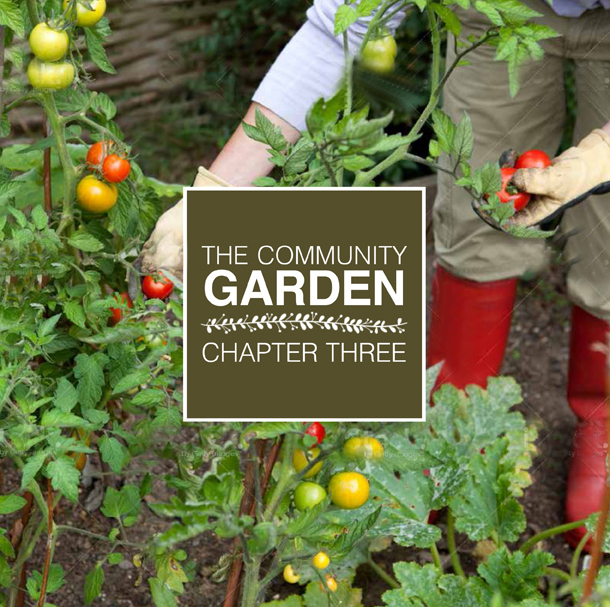The Community Garden
Excerpted from The New Canadian Garden, 2016, Mark Cullen. All rights reserved. Published by Dundurn Press.
Chapter 3: The Community Garden
I believe that there are two kinds of people in this world: those who love the experience of gardening, and the others, who enjoy observing gardens from the comfort of a bench or chair, content to let others do the work.
The idea of a shared communal space where nearby residents with limited green space of their own can come together, work the land, and produce a crop is not a new concept. First established in Europe as early as 1819, the practice of community gardening came over to North America sometime around 1890.
Gardening in public spaces has a rise and fall pattern. When times are good, people are less likely to garden for food; when economic times are difficult, we revert to growing our own. According to Amelia Garrett and Michael Leeds, the Depression of 1893, the First World War (1914-18), the Great Depression (1929-39), and the Second World War (1939-45) saw increases in urban community gardens and allotment plots.
By the end of the Second World War, 20 million “Victory Gardens” were providing 40 percent of the vegetables in America. Today, more than three million community gardens are being worked through-out North America. And while that number may seem significantly smaller than the 20 million during the Second World War, remember that our access to public space has dwindled greatly with urbanization.
Read more in The New Canadian Garden, available at book stores and Home Hardware.
